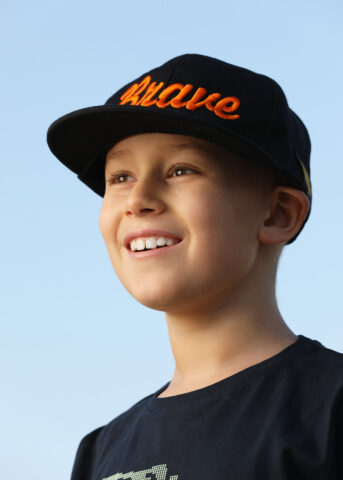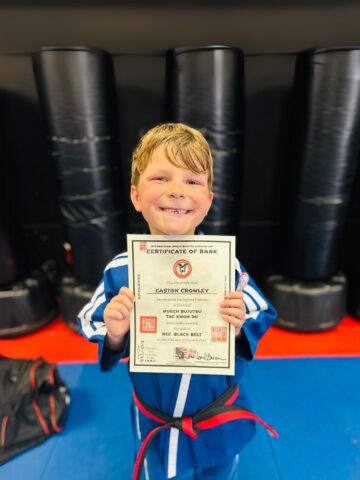Think only grown-ups get migraines? Think again. This painful neurological condition is also common among children.
In fact, one in 20 children – or about 8 million children nationwide – experience migraine headaches. While migraines may be very painful, the good news is that kids can take steps to help prevent the ache.
Dr. Sharief Taraman, a CHOC Children’s neurologist, explains a migraine’s symptoms and causes, treatment methods, and what patients and their families can do to minimize migraines.
Head pain, other symptoms
Migraines are a specific type of headache, Dr. Taraman says. Sufferers endure throbbing, pulsating or pounding pain, either on one side of the head or both. Migraines may also impose a host of other symptom:
• Abdominal discomfort
• Nausea and/or vomiting
• Light sensitivity
• Noise sensitivity
• Dizziness or lightheadedness
But even with these symptoms, it might not always be clear that a child is suffering from a migraine because symptoms are often disconnected in children, Dr. Taraman says. For example, a child might have a stomachache but no headache, or perhaps light sensitivity but no nausea.
Children also might have difficulty expressing what exactly is bothering them, he explains. Parents should work with children to help them describe their symptoms and keep a close eye on behaviors. For example, a child might seek out a dark, quiet room but not specifically complain that lights or noises are bothering them.
The trigger factor
Migraines start when blood vessels in the brain constrict. This limits the amount of blood and oxygen flowing into the brain, which causes other blood vessels to expand. These dilating blood vessels become inflamed and result in a pounding headache or the other associated symptoms.
Certain environmental factors can often trigger migraines and the causes can differ among sufferers.
Triggers vary, but they can be linked to diet, hormones or even too much screen time, Dr. Taraman says. Common edible migraine culprits include chocolate, cheeses, and foods treated with nitrates, like lunch meat and pepperoni.
Dr. Taraman recommends that children keep a diary to help uncover migraine triggers. Document when migraines occur and what the child ate, did or experienced in the days prior. Be sure to build in some extra time: Often a certain food or behavior might lead to a migraine the next day.
Migraine diagnosis, treatment
There’s no blood test that can diagnose migraines and imaging is seldom needed, Dr. Taraman says. Instead, physicians rely on a physical examination and family history.
“Family history is huge,” he says. “Migraines run in families.”
Once a child knows he or she is experiencing migraines, over-the-counter pain relievers can help dull the ache. However, Dr. Taraman reminds parents to follow directions and avoid overuse.
Overusing over-the-counter pain relievers, more than twice a month, can result in “rebound headaches,” or head pain that develops even more intensely after medication wears off.
Finding a dark, quiet place to rest can help a child battle a migraine, as can warm or cold compresses, Dr. Taraman says. However, each person responds to temperature differently, so families can experiment with warmth or cold to see what method works best for their child, he advises.
Parents of chronic migraine sufferers should alert their child’s teacher and school nurse to the condition. The school, parents and child can work together to ensure that the student can leave class if necessary and find a quiet place to rest until the pain subsides.
Finally, if a headache is ever accompanied by weakness or numbness in one side of the body or slurred speech, parents should take the child to the emergency department immediately, Dr. Taraman cautions. This could be a symptom of stroke, which do occur in children.
‘Headache hygiene’ aids prevention
Because environmental factors can trigger migraines, kids can take measures to help keep migraines at bay, Dr. Taraman says. After keeping a diary and determining trigger foods or behaviors, avoiding these red flags can help tremendously.
In addition, general healthy habits can also stave off migraines. These steps are part of good “headache hygiene.”
• Get enough sleep
• Eat a balanced diet
• Stay properly hydrated
• Cope with stress
• Get plenty of exercise
Learn more about CHOC Neuroscience Institute.





